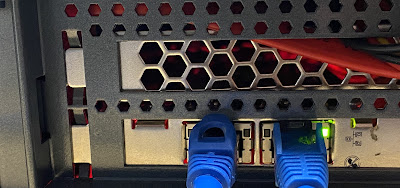Having your graphics card not detected by Windows can be frustrating, but there are several troubleshooting steps you can take to resolve the issue. Here are seven potential fixes:
1. Restart Your Computer Sometimes, a simple restart can resolve detection issues by allowing the operating system to refresh its hardware detection process.
2. Check Physical Connections Ensure that your graphics card is properly seated in its slot on the motherboard. Also, check that any auxiliary power cables required by the graphics card are securely connected.
3. Update Graphics Card Drivers Outdated or corrupted drivers can cause detection problems. Visit the website of your graphics card manufacturer to download and install the latest drivers for your specific model.
4. Use Device Manager Open Device Manager in Windows and check for any yellow exclamation marks next to your graphics card. If present, it indicates a problem with the driver or hardware. Try updating the driver or reinstalling it.
5. BIOS Settings Access your computer's BIOS settings and ensure that the PCI-E slot, where the graphics card is installed, is enabled. Sometimes, BIOS settings can prevent hardware detection.
6. Check for Hardware Conflicts: Ensure that there are no conflicts with other hardware components in your system. Sometimes, conflicts with other devices can prevent the graphics card from being detected.
7. Test the Graphics Card in Another System: If possible, install the graphics card in another computer to see if it is detected there. This can help determine if the issue lies with the graphics card itself or with the computer's configuration.
If none of these steps resolve the issue, there may be a hardware problem with either the graphics card or the motherboard's PCI-E slot. In such cases, contacting technical support for further assistance or seeking professional repair services may be necessary









No comments:
Post a Comment